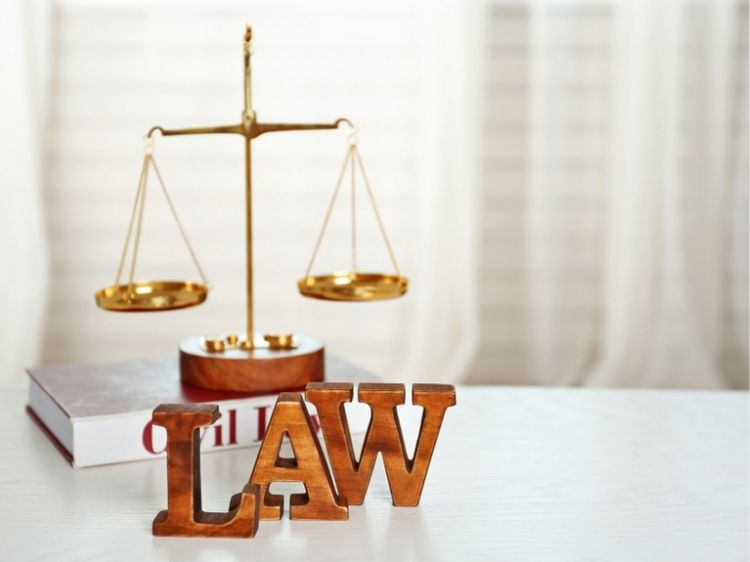Negligence in a Products Liability Action
When it comes to products, we all expect them to work as advertised. You buy a toaster, you expect toast—not an electrical shock. But what happens when things go wrong? That’s where the concept of negligence in a products liability action comes into play. It’s not just about a defective product; it’s about the care—or lack thereof—that went into making, distributing, or selling that product.
Negligence in a products liability action isn’t just a legal term; it’s a crucial concept that affects everyone, from the manufacturers to the consumers. Whether you’re a seasoned lawyer or just someone interested in the topic, understanding negligence in this context is vital. So, let’s break it down, piece by piece.
What is Negligence in a Products Liability Action?
Negligence occurs when someone fails to exercise the care that a reasonably prudent person would under similar circumstances. In the context of products liability, negligence can manifest in several ways—during the design, manufacturing, or even marketing of a product.
Key Elements of Negligence
To succeed in a negligence claim within a products liability action, several key elements must be established:
- Duty of Care: The manufacturer, distributor, or retailer owed a duty of care to the consumer.
- Breach of Duty: There was a failure to meet that duty of care.
- Causation: The breach directly caused an injury or harm.
- Damages: The consumer suffered actual harm or loss due to the product.
Negligence, in this context, is about proving that the harm wasn’t just a freak accident—it was the result of someone not doing their job right.
Types of Negligence in Products Liability
Negligence in a products liability action can take various forms, depending on where the failure occurred:
- Design Negligence: This occurs when the design of a product is inherently unsafe. For instance, if a car is designed with a gas tank that’s prone to explosion upon minor impact, that’s design negligence.
- Manufacturing Negligence: Even if the design is flawless, a product can still be defective due to errors in the manufacturing process. Maybe a batch of toasters was made with faulty wiring—this would be an example of manufacturing negligence.
- Marketing Negligence: Also known as a “failure to warn,” this type of negligence happens when a product is sold without proper instructions or warnings about potential risks. Imagine buying a powerful chemical cleaner that doesn’t come with a warning about the need for protective gloves—that’s marketing negligence.
Real-World Examples
To bring these concepts to life, let’s look at some real-world cases of negligence in products liability:
- Ford Pinto Case: One of the most infamous cases of design negligence. The Ford Pinto had a design flaw that made the fuel tank vulnerable to explosions in rear-end collisions. Ford was aware of the issue but decided against a redesign, leading to numerous fatalities and a massive lawsuit.
- Tylenol Poisonings: Although not a direct case of manufacturing negligence, the Tylenol poisonings of 1982 highlighted the importance of safe product packaging. The lack of tamper-proof seals led to several deaths, forcing companies to rethink their packaging standards.
Proving Negligence in Court
Proving negligence in a products liability action isn’t always straightforward. It requires a thorough investigation, expert testimony, and often, a battle of the experts in court. Here’s what typically goes into proving a negligence claim:
- Evidence of Defect: The plaintiff must first prove that the product was defective. This can be done through expert testimony or by showing a pattern of similar incidents with the same product.
- Breach of Duty: The plaintiff must demonstrate that the manufacturer, distributor, or retailer failed to meet their duty of care. This often involves showing that the company knew—or should have known—about the defect but failed to take appropriate action.
- Direct Causation: The plaintiff must link the defect directly to their injury. This is often the most challenging part, as the defendant may argue that the injury was due to user error or some other factor unrelated to the product.
- Damages: Finally, the plaintiff must show that they suffered actual harm—be it physical injury, financial loss, or emotional distress—as a result of the defect.
Defenses Against Negligence Claims
Just as plaintiffs have their strategies, defendants in a products liability case also have several defenses at their disposal:
- Contributory Negligence: The defendant might argue that the plaintiff’s own negligence contributed to their injury. For instance, if someone was injured while using a product in a way that wasn’t intended, the manufacturer could argue contributory negligence.
- Assumption of Risk: If a consumer knowingly used a product despite being aware of the risks, the defendant might use this as a defense. An example might be a person who continues to use a recalled product, despite being warned of its dangers.
- State of the Art Defense: Sometimes, manufacturers argue that the product was made according to the best available technology at the time. If a new defect comes to light years after the product was made, the manufacturer might not be held liable.
FAQs About Negligence in Products Liability
1. What’s the difference between strict liability and negligence in products liability?
Strict liability doesn’t require proof of negligence; if the product is defective and causes harm, the manufacturer is liable. Negligence, however, requires proof that the manufacturer failed to exercise reasonable care.
2. Can a retailer be held liable for negligence in a products liability case?
Yes, a retailer can be held liable, especially if they sold a product they knew—or should have known—was defective.
3. What kind of damages can I recover in a negligence case?
In a negligence case, you can recover compensatory damages, which may include medical expenses, lost wages, and pain and suffering. In some cases, punitive damages may also be awarded.
Conclusion
Negligence in a products liability action is a complex and multifaceted area of law, but it’s one that plays a critical role in consumer protection. Whether you’re a consumer or a business, understanding the principles of negligence can help you navigate the legal landscape more effectively.
At the end of the day, negligence in a products liability action boils down to responsibility. When a company fails to meet its duty of care, the consequences can be severe—not just for the consumer, but for the business as well. By understanding the nuances of negligence, all parties involved can work towards a safer, more accountable marketplace.


